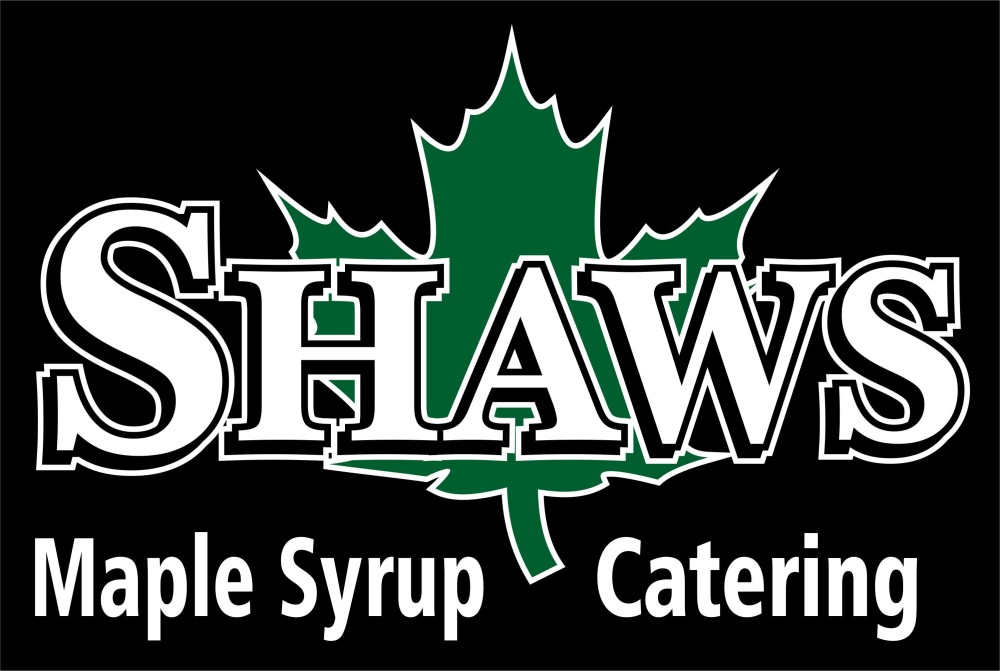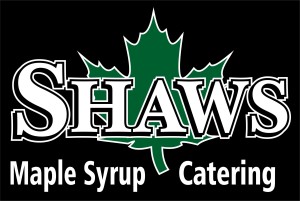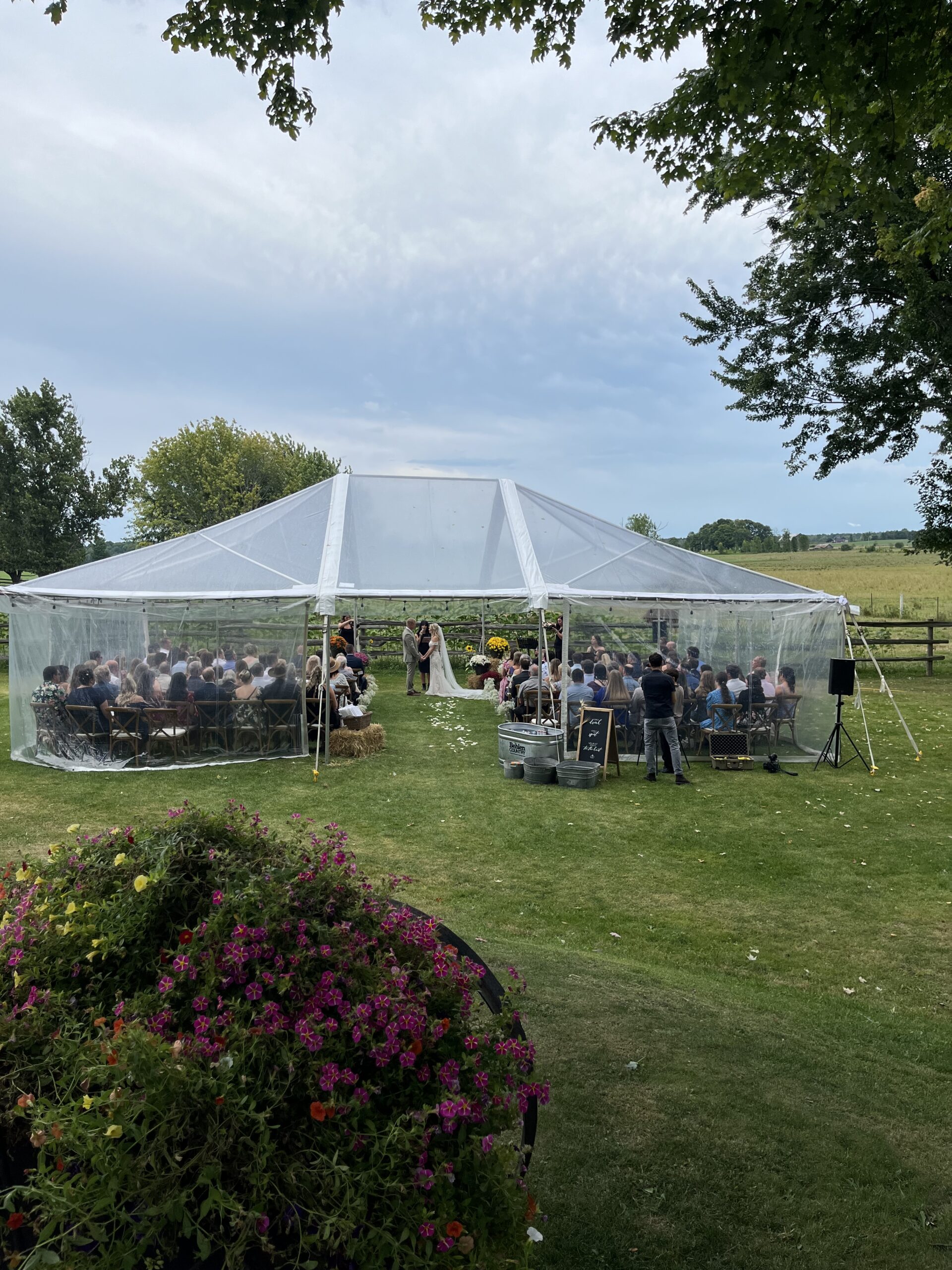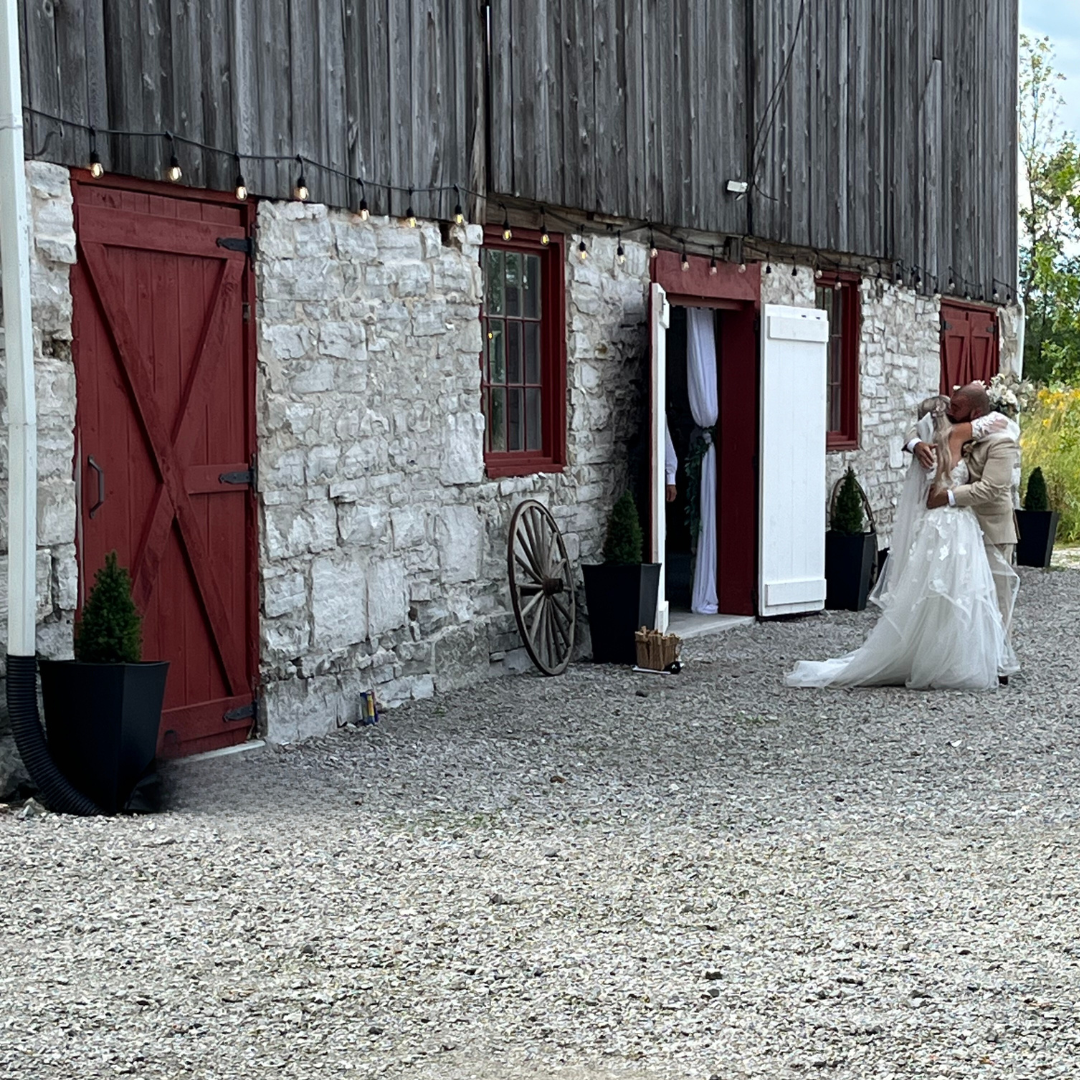We had a very, very cold February.
But with spring finally arriving on Friday (and as we finally kind of begin to thaw), we’re left wondering: did the bitter cold hurt maple syrup production? (GASP)
The answer is yes. And no.
Yes, for some producers, the season is off to a slow start. But so far, they don’t seem too concerned.
“Sometimes we have to work a little harder to get a sweeter reward. I have found in the past that maple syrup harvested slowly can be sweeter and taste better,” Fred Martin, a maple syrup producer in West Montrose, Ont., tells The Weather Network.
Tom Shaw of Shaw’s Maple Sugar Bush in Hawkestone, Ont., tells Yahoo Canada that the freezing temperatures were actually good for the harvest:
“Cold winters helps keeps pests in check and we like that,” he says, adding that his maple bush’s season is typically from mid-March to mid-April.
In fact, last year’s abnormally warm spring temperatures shortened the season significantly, CTV News reports.
The cold weather is simply bringing the season back to where it once was, before a string of warmer springs moved up the season.
“This cold weather is taking back maple syrup to its norm,” Clara Wortner, who, with her husband, runs Wortner’s Syrup, tells Chatham Daily News.
So, what temperature is ideal for harvesting sap?
“The weather before the sap starts to flow and after the buds come out does not matter much. The weather needs to go above 6°C during the day and below freezing at night to create pressure/flow,” Shaw says. “The more of this we have the more sap we harvest.”
Snowshoes help Shaw and his team access the bush’s 5,000 trees before the snow is melted.
And even if the season is off to a slow start, Shaw sounds convinced that he’ll be able to catch up — as long as it doesn’t get too warm too soon.
“Given the right weather, after the flow starts we can catch up. Again, it is the number of plus and minus through out the time before the buds come out on the trees. When the buds come out, we are done.”
It takes 40 litres of sap, boiled down to 66.6 per cent sugar, to produce one litre of syrup.
Shaw encourages people to visit a maple bush near them to fully appreciate the first crop of the year.
“Maple syrup is the first agricultural crop of the year and the sunny days that produce sap flows are a welcome feeling that winter is over,” he says.
“Go for a walk in a maple bush and you will be glad you did. It is also a great whole family experience when you can usually hear stories from grandparents about maple seasons from years past.”
To celebrate the coming spring, we’re drizzling maple syrup on our granola and yogurt in the morning — and roasting butternut squash with it.
Here’s a simple recipe using maple syrup and balsamic vinegar as both a marinade and glaze for baked salmon:
Recipe: Maple Balsamic Glazed Salmon

By Chef Diana Colman for Loblaws.
Makes 6 servings
1 tbsp (15 mL) extra virgin olive oil
1 tbsp (15 mL) finely minced garlic
1/2 cup (125 mL) pure maple syrup
1/2 cup (125 mL) PC balsamic vinegar
2 tbsp (25 mL) dijon mustard
1-¾ lb (875 g) piece centre-cut salmon fillet (skin-on)
1 cup (250 mL) thinly sliced radishes
1 green onion, thinly sliced
- Heat oil in large saucepan over medium heat. Cook garlic for 1 minute or until fragrant. Stir in syrup, vinegar and mustard. Increase heat to medium-high; cook for 5 minutes, stirring often, or until sauce has thickened and reduced by one-third. Divide sauce equally between two bowls; let cool completely, about 20 minutes.
- Line rimmed baking sheet with parchment paper; place salmon skin-side down on baking sheet and brush top with sauce from one bowl. Cover salmon with plastic wrap; refrigerate 30 minutes.
- Arrange rack in top third of oven. Preheat oven to 425°F (220°C).
- Uncover salmon; brush with some of sauce from second bowl. Bake for 10 minutes. Remove from oven; brush with more sauce. Return to oven; bake for another 5 to 7 minutes or until salmon is just cooked through and flakes easily. Discard any remaining sauce. Using large spatula, transfer salmon to serving platter. Top with radishes and green onion. Lift salmon off skin using spatula to serve.
Or whip up this roasted pumpkin side dish:
Recipe: Maple Sesame Roasted Pumpkin

By Chef Soo Kim for Loblaws
Makes 6 servings
1 sugar or pie pumpkin, about 1 kg
1 pkg (250 g) shallots, halved if large
3 tbsp (45 mL) extra virgin olive oil
1/2 tsp (2 mL) kosher salt
1/4 tsp (1 mL) freshly ground black pepper
3 tbsp (45 mL) maple syrup
2 tbsp (25 mL) sesame seeds
3 tbsp (45 mL) crumbled drained feta cheese
2 tbsp (25 mL) chopped fresh parsley
- Preheat oven to 425°F (220°C). Line rimmed baking sheet with parchment paper.
- Cut pumpkin in half. Scrape out seeds and stringy membranes. Cut into scant 1/2-inch (1 cm) thick slices. Place pumpkin and shallots on prepared baking sheet. Drizzle with oil. Turn slices over to coat. Sprinkle with salt and pepper. Bake in centre of oven for 17 to 20 minutes or until softened and almost caramelized.
- Drizzle maple syrup over top; toss to coat. Sprinkle with sesame seeds. Return to oven; bake for 10 to 15 minutes or until seeds are toasted and pumpkin is tender and caramelized. Transfer to serving platter, scraping all the sweet sesame bits onto platter. Serve sprinkled with cheese and parsley.
(Be sure to drizzle the above dish with extra maple syrup.)
How do you use maple syrup in your cooking?



